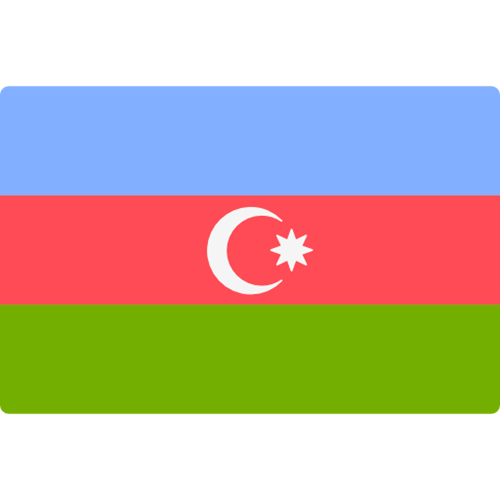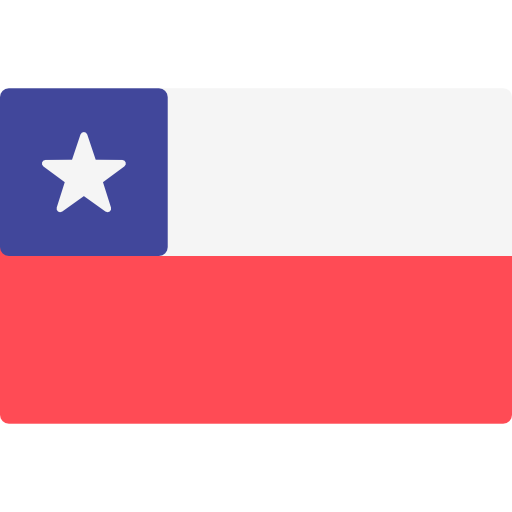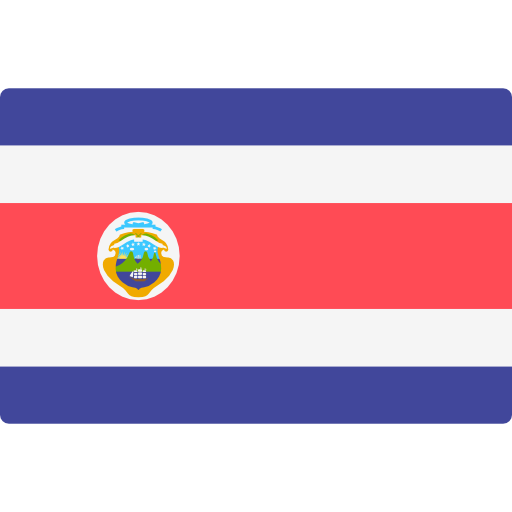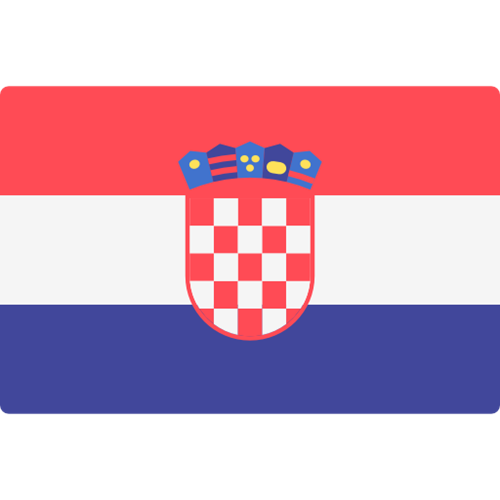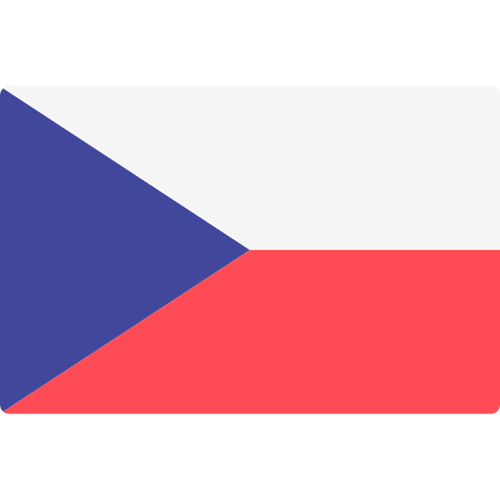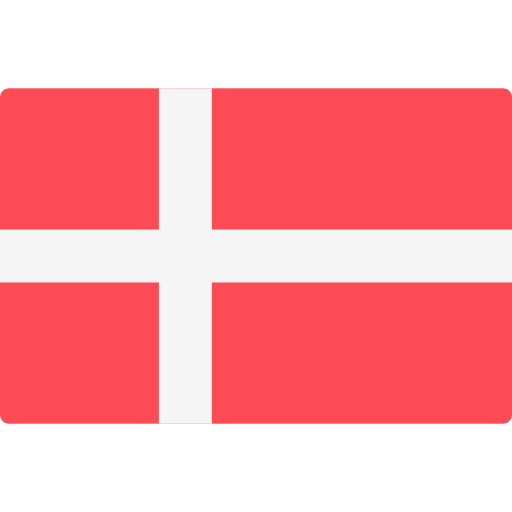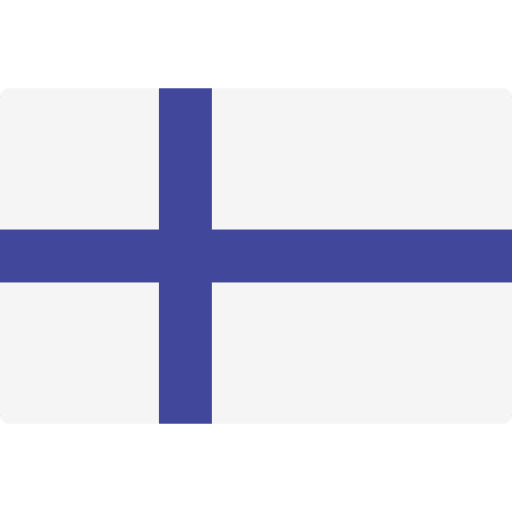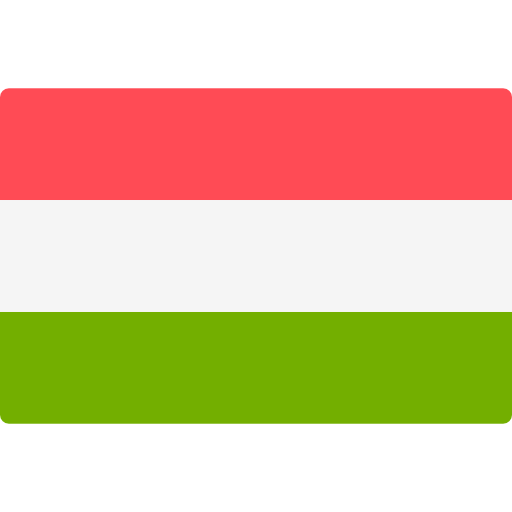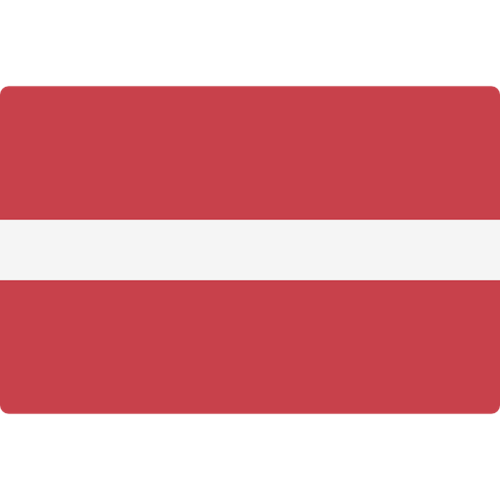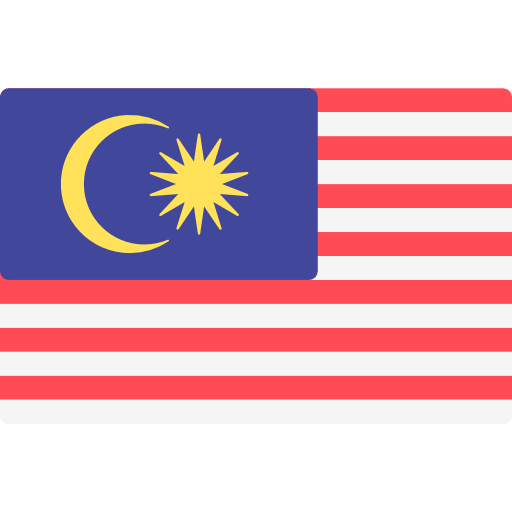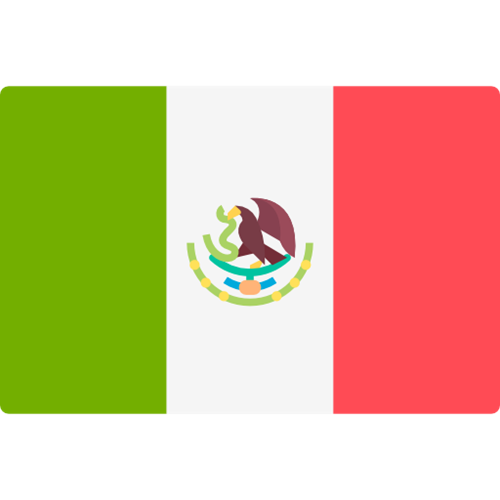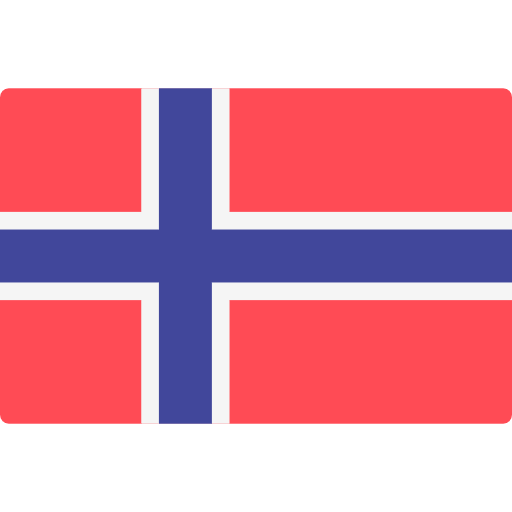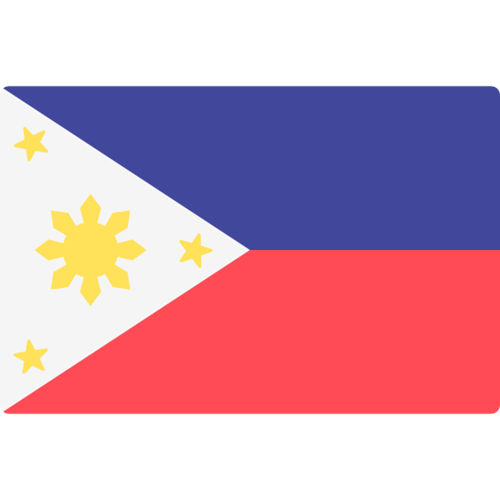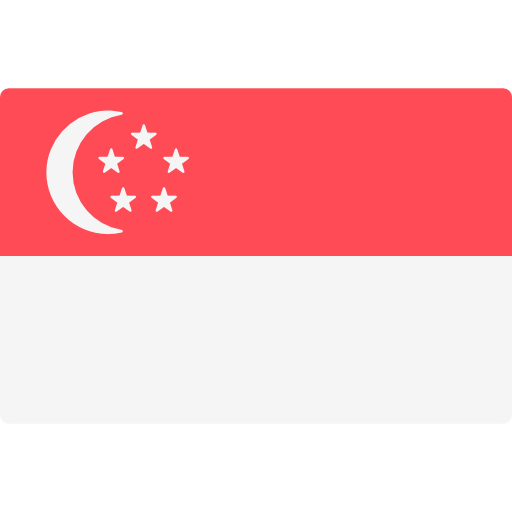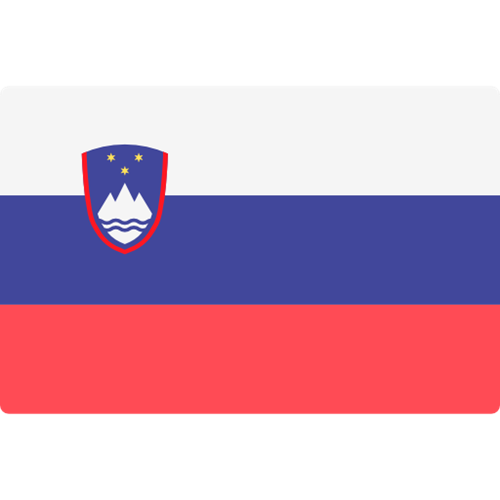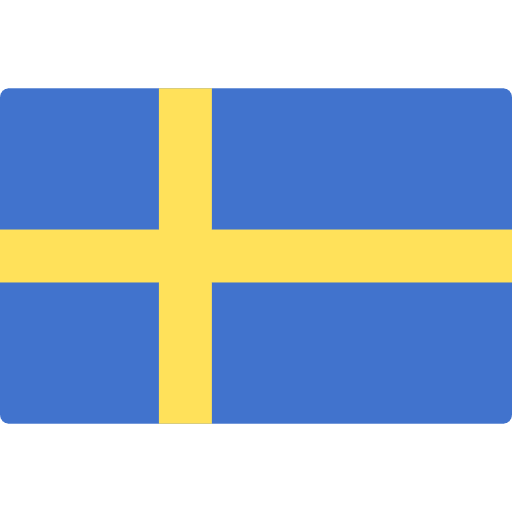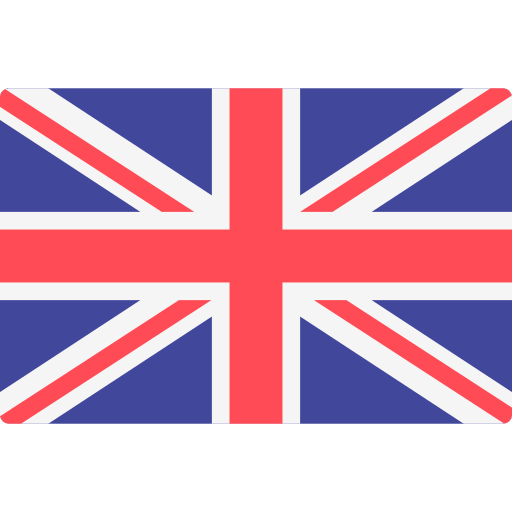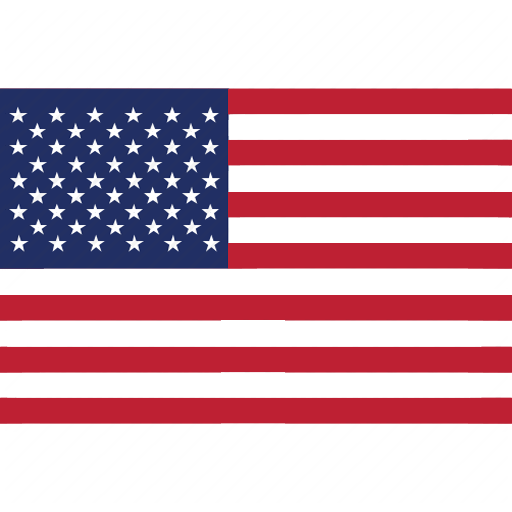Eurofins Softlines & Leather Monthly Bulletin (April 2025)


European Proposal Agreement to Reduce Textile Waste
On 19 February 2025, the European Council and Parliament reached a provisional agreement aimed at reducing textile waste.
This agreement establishes harmonised rules for the extended producer responsibility (EPR) for textiles and fashion brands among others. The aim is for those responsible for these types of products to pay a fee covering the costs associated with collecting, sorting and recycling waste generated from items such as clothing, footwear, blankets, bed and kitchen linen, curtains, hats, etc.
On 19 March 2025, the provisionally agreed text was published (2023/0234(COD)).
The status of this proposal is a second-reading agreement, meaning that if no proposal to reject the Council’s position and no amendments to that position are tabled within the set time limits for tabling and voting on amendments or proposals to reject, the President shall announce in Parliament that the proposed act has been adopted.
The table below summarises the most recent standard updates and upcoming dates of withdrawal (non-exhaustive):
(*) Date of withdrawal: The latest date by which national standards conflicting with a European Norm (EN) (and Harmonisation Document (HD) for the European Committee for Electrotechnical Standardisation (CENELEC)) have to be withdrawn.
|
The European Committee for Standardisation (CEN) |
||||
|
Reference |
Title |
Date of withdrawal (*) |
Supersedes |
|
|
Footwear - Vocabulary (ISO 19952:2025) |
31 August 2025 |
|||
|
Chemicals for the leather tanning industry - Determination of cyclosiloxanes (ISO 23649:2025) |
31 August 2025 |
|
||
|
Feather and down - Terms and definitions |
31 August 2025 |
|||
|
Feather and down - Composition labelling of processed feathers and down for use as sole filling material |
31 August 2025 |
|||
|
Footwear - Identification of defects during visual inspection - Vocabulary (ISO 20537:2025) |
31 July 2025 |
|
||
New French Ban on the Use of PFAS in Consumer Products
On 28 February 2025, the French National Assembly and the Senate adopted Law No. 2025-188 of 27 February 2025, aimed at protecting the population from the risks associated with perfluoroalkyl and polyfluoroalkyl (PFAS) substances.
The main requirements are:
- Ban the use of PFAS in consumer products
- Additional restrictions on all PFAS-containing textiles
- A tax on manufacturers whose activities lead to PFAS discharges. The fee rate is set at €100 per hundred grams of PFAS discharged per year into the water
|
Main dates |
Manufacture, import, export, and placing on the market, whether for payment or free of charge, of any textile product containing PFAS is prohibited |
|
1 January 2026 |
|
|
1 January 2030 |
Any textile except for products necessary for essential uses, those contributing to the exercise of national sovereignty and for which there is no substitute and technical textiles for industrial use. |
France's PFAS restrictions are still being defined, with key details such as exemptions and residual thresholds to be addressed in upcoming decrees.
For more information, please refer to the official publication on the Legifrance website here.
New Step to the French Environmental Cost Framework of Textile Items
A public consultation was held from 28 November to 19 December 2024, which addressed two significant regulatory texts that would outline the French environmental cost framework for textile items. Following the consultation, the regulatory proposal was submitted to the European Commission for review on 13 February 2025. The legal texts are:
- Decree on the methods for calculating and communicating the environmental cost of textile products (2025/0086/FR)
This text defines the methodology for calculating environmental impacts and establishes communication guidelines. The proposed methodology builds on the PEF technical framework recommended by the European Commission while adding elements guided by the need to take into account the preservation of biodiversity and water resources and the fight against fast fashion. - Order on signage and methodology for calculating the environmental cost of textile clothing products (2025/0087/FR)
This order specifies the product categories, calculation methods, and labelling requirements. It outlines the official logo and various communication formats while also establishing exclusion criteria for certain items. It is voluntarily disclosed to the consumer by the producer, importer, or any other marketer when the product is purchased.
Brands that choose to voluntarily display aggregated environmental product scores must comply with the environmental methodology and labelling requirements indicated in these two legislations.
The main dates to comply with this new requirement are:
- Between April 2025 and April 2026, brands can choose to voluntarily display their environmental cost scores. Brands can calculate and submit their environmental costs on the public portal and third parties cannot publish scores without the brand’s consent.
- From April 2026, there will be a general deployment in which third parties (e.g., distributors or apps) can calculate and submit environmental scores if the brands themselves haven't published their own scores.
While the French environmental cost label is not yet mandatory, brands can voluntarily calculate their scores using the Ecobalyse methodology and an online calculator.
Regulatory proposals notified to the WTO
The table below summarises the most recent notifications made to the World Trade Organization (WTO) (non-exhaustive):
|
Notification number |
Countries |
Title |
|
United Kingdom |
The introduction of risk-based import checks on hair and wool produced from animals other than those of porcine species, due to the risk of introducing diseases that can be transmitted via untreated wool and hair. |
Below you will find a monthly summary of product recalls and alerts in Europe (Source “Safety Gate (RAPEX)”) and the U.S. (Source “CPSC”).
Safety Gate (RAPEX) (European Commission Rapid Alert System for dangerous non-food products – Alerts reported by EU national authorities)
The following 23 alerts regarding clothing, textile and fashion items were reported between week 4 and week 11 of 2025.
|
Type of Risk |
Number of alerts |
Notes |
|
|
|
Sandals |
|
|
Children's sandals |
|
|
|
Gloves |
|
|
|
Bicycle gloves |
|
|
|
Bag |
|
|
|
Children's flip-flops |
|
|
|
Tiara |
|
|
|
Flip flops |
|
|
|
Water shoes |
|
|
|
Shower cap |
|
|
|
Children's slippers |
|
|
|
|
Children's boots |
|
|
Hooded jacket |
|
|
|
Mattress protector |
|
|
|
|
Children's shoes |
|
|
Children’s shoes |
|
|
|
Children's clothes |
|
|
|
|
Nappy cover |
|
|
|
Earmuffs |
|
|
|
Children's dress |
|
|
Children's bikini |
The Office for Product Safety and Standards (OPSS) issues Product Safety Alerts to the UK market. The following 6 alerts regarding clothing, textile and fashion items were issued between week 4 and week 11 of 2025.
|
Hazard |
Number of alerts |
Notes |
|
|
|
Flip Flops |
|
|
|
Children's shoes |
|
|
Children's clothes |
|
|
|
Sleepsuits, hooded towel and pyjamas |
|
|
|
|
Children’s clothing |
From 6 February 2025 to 27 February 2025, the CPSC (Consumer Product Safety Commission) published the following recalls: 5 recalls of textile & leather products
|
Hazard |
Number of alerts |
Notes |
|
|
|
Sweatshirts |
|
Children’s nightgowns |
||
|
Children’s bathrobes |
||
|
Children’s pyjamas |
||
|
|
|
Children’s jackets |



